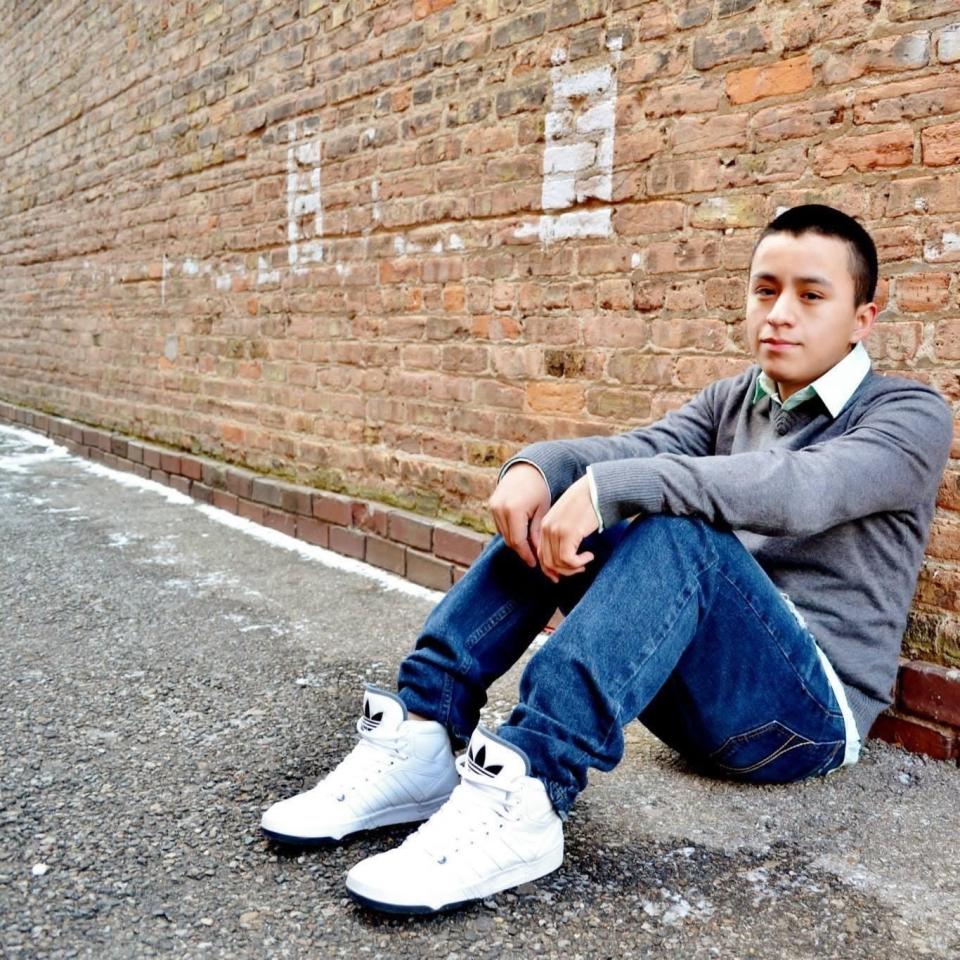Special education clash: Supreme Court sides unanimously for student with disability
WASHINGTON – The Supreme Court sided unanimously Tuesday with a student who is deaf and who sought to sue his school for damages over profound lapses in his education, a case that experts say could give parents of students with disabilities more leverage as they negotiate for the education of their children.
Central to the case was the story of Miguel Perez, who enrolled in the Sturgis Public School District in Michigan at age 9 and brought home As and Bs on report cards for more than a decade. Months before graduation, Perez's parents learned that he would not receive a diploma and that aides the school assigned to him did not know sign language.
Though the legal question raised by the case is technical, its outcome "holds consequences not just for Mr. Perez but for a great many children with disabilities and their parents," Justice Neil Gorsuch wrote for the unanimous court.
What to know about the Supreme Court's special education decision
The case, Perez v. Sturgis Public Schools, involved the interplay between two federal laws, the Individuals with Disabilities Education Act, or IDEA, and the Americans with Disabilities Act. At issue was whether students may sue a school for damages under the ADA when they haven’t exhausted the administrative process required by the IDEA.
In the unanimous decision Tuesday, the high court ruled that Perez didn't need to exhaust the requirements of the IDEA process before filing a lawsuit for damages under the ADA.
The decision may help parents and schools clarify one piece of a byzantine puzzle of laws that govern the nation's 7.2 million special education students. Experts have predicted it may give parents more leverage in their negotiation with schools.
What happened with Miguel Perez?
Perez's journey through the 3,000-student school district in Sturgis highlights the challenges faced by many students who have disabilities.
His family says school officials misrepresented the qualifications of his aide. They say that aide, in later years, was assigned to other duties, leaving Perez unable to communicate with anyone for hours every day. And Perez was promoted through each grade level despite not having a grasp of the curriculum, his attorneys say.
Perez filed a complaint with Michigan officials in 2017 accusing his school of violating state and federal laws, including the IDEA. Before that complaint was resolved, the district offered to settle, agreeing to pay for Perez to attend the Michigan School for the Deaf.
Explainer: How one student's Supreme Court case could make schools more accountable
Perez's family took the settlement.
His family then sued the district under the Americans with Disability Act for discrimination, seeking unspecified monetary damages. A federal district court dismissed the lawsuit, ruling that Perez had not exhausted the required IDEA process because he accepted the settlement. A divided panel of the U.S. Court of Appeals for the 6th Circuit agreed. Perez appealed to the Supreme Court in late 2021.

What do school districts say about the impact of the Perez case?
Art Ebert, the district's superintendent, declined to address the claims raised in the suit – he wasn't leading the district when Perez attended Sturgis – but he said in an email this month that because of the experience, the district would "gain knowledge, insight, and understanding that will help us maximize every student's true potential."
Schools say they are concerned that allowing parents to sue for damages more easily will inject a legal battle over money into the IDEA process, which is intended to quickly address students' needs. School districts might be forced to approach that process differently if their actions could be used against them in a suit for damages.
What are they saying?
Roman Martinez, a veteran Supreme Court lawyer who argued the case on behalf of Perez, said the court's ruling "vindicates the rights of students with disabilities to obtain full relief when they suffer discrimination." Perez and his family, he said, "look forward to pursuing their legal claims under the Americans with Disabilities Act."
Attorneys for the school district did not immediately respond to a request for comment. Sasha Pudelski, advocacy director of the School Superintendents Association, said the group has "deep concerns with injecting a legal battle over money into the IDEA process and how this ruling may undermine parents' willingness to collaborate with districts in crafting an appropriate special education program for a child. The only thing that's clear from this decision is that it will lead to more litigation for school districts."
Contributing: Alia Wong

This article originally appeared on USA TODAY: Supreme Court backs disabled student in special education clash


